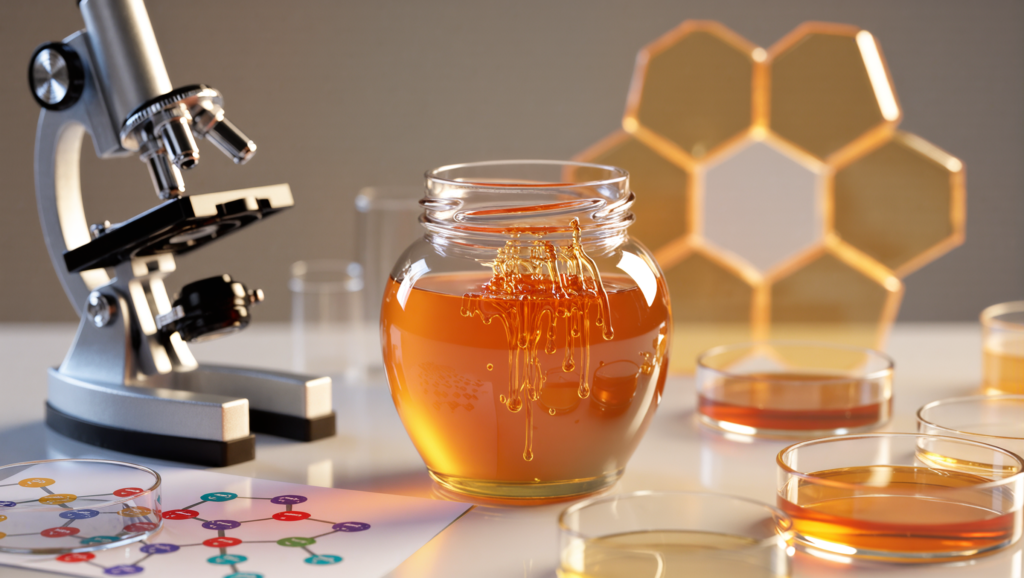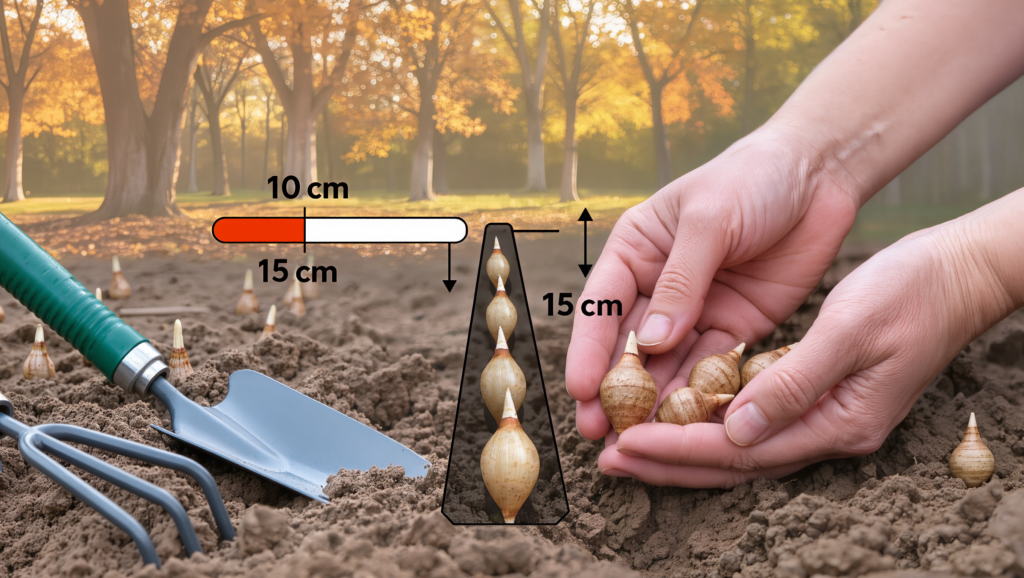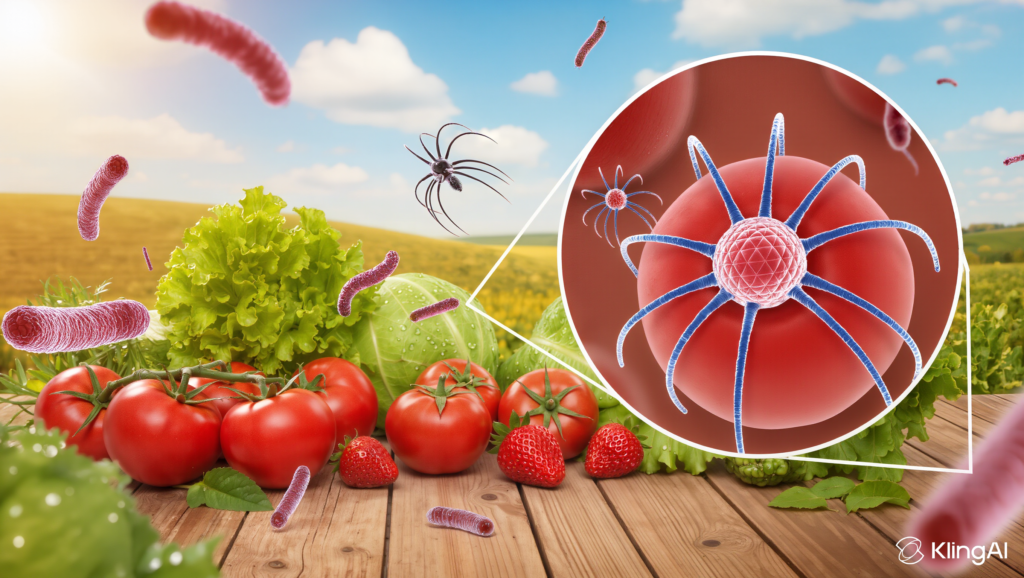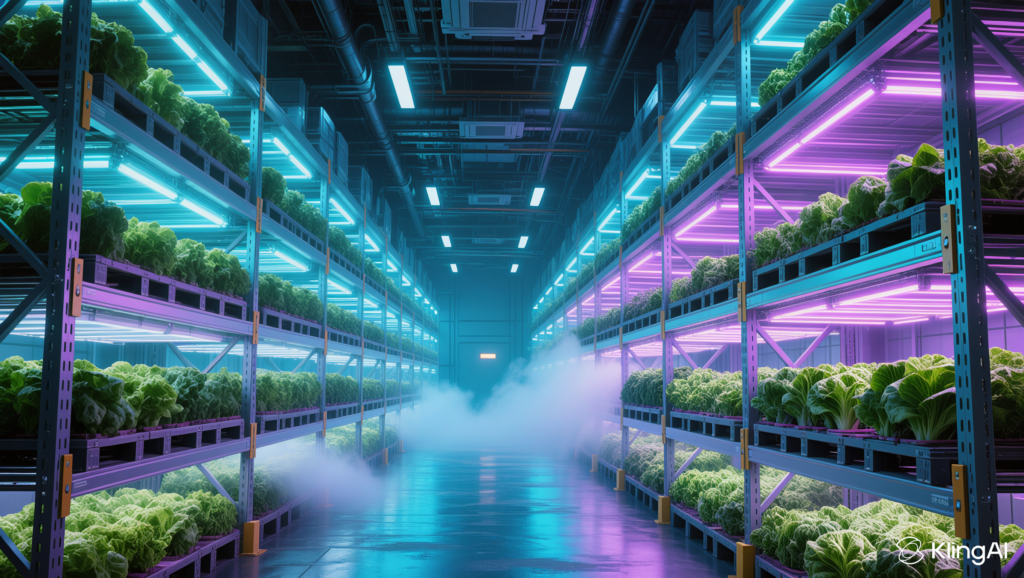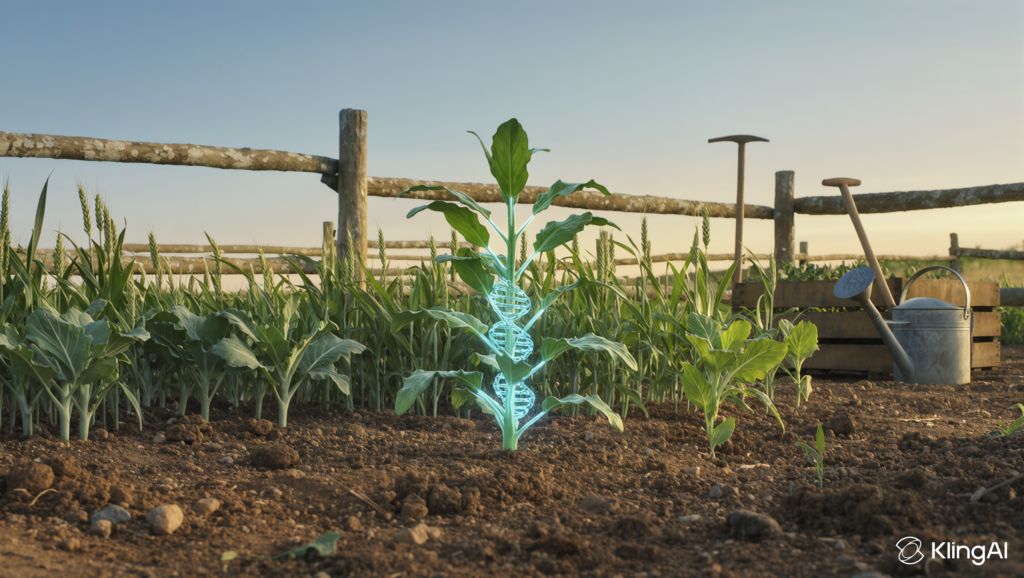Ever wondered why that jar of organic honey sitting in your pantry seems to defy time itself? I mean, archaeologists have dug up pots of honey from ancient Egyptian tombs—some over 3,000 years old—and guess what? It’s still perfectly edible! No, it’s not some mystical potion brewed by ancient sorcerers; it’s just science and physics working their magic. In this deep dive, we’re going to unpack the fascinating reasons why organic honey never spoils, exploring the chemistry, biology, and physics behind this sweet phenomenon. Grab a spoon, and let’s get sticky with it!
The Sweet Science of Organic Honey’s Immortality
At its core, honey is a natural wonder created by bees from plant nectar or honeydew (the sugary secretions of insects like aphids). Organic honey, in particular, is harvested from bees foraging on flowers grown without pesticides or synthetic chemicals, ensuring its purity and natural goodness. But what makes this golden liquid practically immortal? It all boils down to three key factors: low water content, high acidity, and natural preservatives like hydrogen peroxide. Let’s break it down step by step, with a sprinkle of science and a dash of physics for good measure.
1. Low Water Content: A Desert for Microbes
First up, let’s talk about water—or the lack thereof. Honey is a hygroscopic substance, meaning it loves to soak up moisture from its surroundings. But here’s the kicker: fresh honey has a super low water content, typically around 15-18%. Compare that to nectar, which starts at about 70-80% water, and you’ll see the incredible transformation bees perform. They fan their wings to evaporate excess water, concentrating the sugars into a thick, viscous liquid.
Why does this matter? Well, bacteria, mold, and other spoilage-causing microorganisms need water to survive and reproduce. In scientific terms, honey’s water activity (a measure of available water for microbial growth) is around 0.6, far below the 0.75 threshold most microbes need to thrive. It’s like a microscopic desert—no water, no life. When bacteria or fungi encounter honey, the high sugar concentration literally sucks the water out of them through osmosis, a physics principle where water moves from an area of high concentration (inside the microbe) to low concentration (the honey). This dehydrates the microbes, leaving them shriveled and unable to spoil the honey.
Think of it as honey being the ultimate bouncer at a microbial nightclub—nobody’s getting in unless they’re on the guest list, and trust me, microbes aren’t invited!
2. Acidity: Honey’s Sour Side
Next, let’s talk about honey’s pH, which ranges from 3.2 to 4.5, making it naturally acidic. Most bacteria prefer a neutral environment (pH around 7), so honey’s acidic nature is like a “keep out” sign. The primary acid in honey is gluconic acid, produced when bees’ enzymes break down glucose in the nectar. This acidity doesn’t just make honey taste tangy; it creates a hostile environment for pathogens.
But here’s where it gets even cooler: gluconic acid isn’t just sitting there looking pretty. It reacts with water and oxygen to produce hydrogen peroxide, a natural antiseptic you might recognize from your first-aid kit. This compound is a microbial kryptonite, attacking cell walls and preventing growth. So, honey’s not just acidic—it’s packing a chemical punch that keeps spoilers at bay.
3. Bees’ Secret Sauce: Natural Preservatives
Bees are the unsung heroes of honey’s longevity. When they collect nectar, they add enzymes like glucose oxidase to the mix, which triggers the production of hydrogen peroxide as the honey ripens. This isn’t just a happy accident—it’s a deliberate defense mechanism. Bees store honey in their hives to feed the colony during lean times, so it needs to stay fresh. Their enzymatic wizardry ensures that any stray microbes that dare to invade get zapped by this natural preservative.But wait, there’s more! Honey also contains trace amounts of other antimicrobial compounds, like phenolic compounds and flavonoids, which vary depending on the floral source. These compounds add an extra layer of protection, making organic honey—sourced from diverse, pesticide-free plants—even more robust against spoilage.
The Physics of Honey: Why It Stays Stable
Now, let’s sprinkle in some physics to understand why honey’s physical properties contribute to its eternal shelf life. Honey is a supersaturated solution, meaning it contains more dissolved sugars (mostly fructose and glucose) than the water can typically hold. This high sugar concentration isn’t just sweet—it’s a physical barrier to spoilage. The sugars are so densely packed that there’s little room for water molecules to move freely, reducing the water activity even further.
This supersaturation also explains why honey sometimes crystallizes over time. Glucose, one of the main sugars in honey, can precipitate out of the solution, forming solid crystals. Don’t panic if your honey turns gritty—it’s not spoiled! It’s just physics at work. The crystals form because the solution is so saturated that the glucose molecules start to clump together. A quick dip in warm water (not too hot, to preserve those natural enzymes!) will return it to its liquid glory.
Another physical property worth mentioning is honey’s viscosity. Honey is thick and sticky, which limits the amount of dissolved oxygen available for microbial metabolism. Oxygen is a key ingredient for many spoilage organisms, so honey’s sluggish flow creates yet another hurdle for microbes trying to crash the party.
Organic Honey vs. Processed Honey: Does It Matter?
You might be wondering: does organic honey have an edge over processed, supermarket honey when it comes to shelf life? The short answer is… not really, as long as both are stored properly. Both organic and processed honey share the same low water content, high acidity, and natural preservatives that make them inhospitable to microbes. However, organic honey, which is minimally processed and free from additives, retains more of its natural enzymes, pollen, and antioxidants. These extras don’t necessarily extend shelf life but can enhance nutritional value and flavor.
Processed honey, on the other hand, is often pasteurized and filtered to remove pollen and prevent crystallization. While this makes it look clearer and stay liquid longer, it can destroy some of the beneficial enzymes like glucose oxidase, potentially reducing its antimicrobial punch. That said, even pasteurized honey is still a tough environment for microbes due to its low water activity and acidity.
Historical Proof: Honey’s Time-Defying Feats
If you’re still skeptical about honey’s immortality, let’s look at history. Archaeologists have found honey in ancient Egyptian tombs, some dating back over 3,000 years, and it was still edible. In 2003, a 5,500-year-old sample from Georgia (the country, not the state) was discovered, complete with well-preserved pollen grains, proving honey’s staying power. Even more impressively, fruits preserved in honey from a 4,000-year-old burial chamber in Georgia still smelled fresh when sliced open.
These ancient finds aren’t just cool trivia—they demonstrate honey’s ability to preserve not just itself but other organic matter. The Egyptians used honey as a funerary offering, valuing its sweetness and medicinal properties, and its preservation powers made it perfect for the afterlife. Talk about a sweet deal for eternity
A Word of Caution: Honey’s Not Completely Invincible
While honey is a microbial fortress, it’s not entirely foolproof. If you leave a jar of honey unsealed in a humid environment, it can absorb moisture from the air, raising its water content and potentially allowing fermentation to occur. Fermented honey might taste sour and could develop mold, but it’s still safe to eat and can even be used to make mead (honey wine).
Another important note: honey can contain Clostridium botulinum spores, which are harmless to adults but dangerous for infants under one year old. These spores can cause botulism, a rare but serious illness, which is why pediatricians warn against giving honey to babies.
How to Store Organic Honey for Maximum Longevity
To keep your organic honey in tip-top shape, follow these simple tips:
- Seal it tight: Store honey in a glass or food-grade plastic container with a tight lid to prevent moisture absorption. Avoid metal containers, as they can cause oxidation.
- Keep it cool and dry: Store at room temperature (68-77°F or 20-25°C) in a dry place. Refrigeration isn’t necessary and can speed up crystallization.
- Use clean utensils: Always use a dry, clean spoon to scoop honey to avoid introducing contaminants.
- Don’t overheat: If your honey crystallizes, gently warm it in a water bath (not above 104°F or 40°C) to preserve its enzymes.
Why Organic Honey Is Extra Special
Organic honey isn’t just about avoiding pesticides—it’s about celebrating the diversity of nature. The bees that produce it forage on a variety of wild, untreated plants, which can lead to unique flavors and a richer profile of bioactive compounds like antioxidants and flavonoids. These compounds not only make organic honey a nutritional powerhouse but also add to its antimicrobial arsenal, ensuring it stays fresh and fabulous.
Plus, choosing organic honey supports sustainable beekeeping practices and helps protect pollinators, which are vital to our ecosystem. So, you’re not just preserving honey—you’re helping preserve the planet!
The Takeaway: Honey’s Timeless Magic
So, why doesn’t organic honey spoil? It’s a perfect storm of low water content, high acidity, and natural preservatives like hydrogen peroxide, all thanks to the incredible work of bees. The physics of osmosis and viscosity, combined with the chemistry of enzymes and acids, creates an environment where microbes don’t stand a chance. Whether it’s a jar from your local farmer’s market or a 5,500-year-old relic from an ancient tomb, honey’s got staying power that’s nothing short of miraculous.Next time you drizzle organic honey over your toast or stir it into your tea, take a moment to appreciate this gift from nature. It’s not just a sweetener—it’s a testament to the brilliance of bees and the wonders of science. Got a jar of crystallized honey? No worries—just give it a warm water bath and enjoy. And if you ever stumble across a 3,000-year-old pot of honey, well, maybe give it a taste… but check for ancient curses first!


